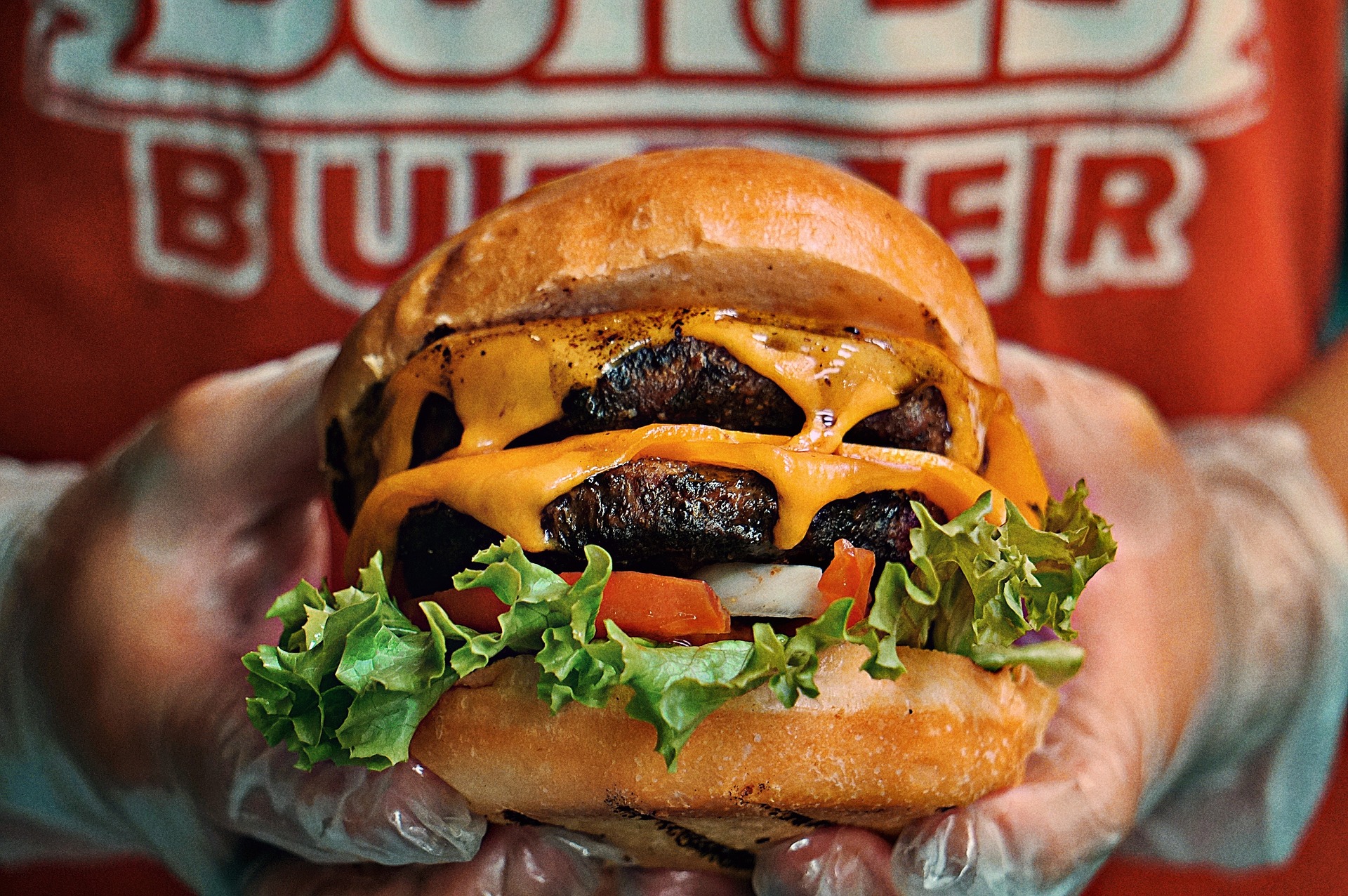Humans have been eating meat for hundreds of thousands of years, going from running after a mammoth to eating home-delivered chicken wings. Meat is deeply ingrained in our culture and industrial farming has contributed to expanding its access to more people: production has increased from 71 million tonnes globally in 1961 to 341 million tonnes in 2018.
Scientific studies have been conducted on animal suffering, the environmental impact of livestock farming and the health implications of meat consumption on humans and they paint a rather bleak picture. Livestock farming – mainly because of land use, farming process and animal feed – is responsible for a significant part of global greenhouse gas emissions. The intensive production of meat also raises ethical issues : the conditions of intensive animal farming run against the physiological needs of the animals and slaughterhouses are a traumatic place both for workers and animals. As for health, the transmission of diseases from livestock to the human population is a growing problem (Ellen K. Silbergeld, One health and the agricultural transition in food animal production, Global Transitions, Volume 1, 2019, Pages 83-92). In addition, the consumption of red and processed meat is associated with higher risks for certain pathologies like type II diabetes, colorectal cancer and cardiovascular diseases, because of the kind of fat found in the meat or the addition of salt (Boada, L.D., et al. 2016. The impact of red and processed meat consumption on cancer and other health outcomes: epidemiological evidence. Food and Chemical Toxicology, 92: 236-244).
There are several possible strategies to tackle these problems. Informing and trying to convince consumers to give up on meat is rather inefficient because humans will mostly follow their longing even when knowing the consequences of their consumption. The banning of meat consumption would violate consumer’s freedom to eat how they want and won’t receive political support in most countries. Finally, a viable alternative that lets the consumer eat meat is from cellular agriculture.
Cultured meat consists of collecting muscle tissue through a painless biopsy on an animal, in order to recreate it in larger quantities in a lab to produce meat. The muscle cells are first separated from the tissue and then cultured in an environment to proliferate. The cells are fed with a steady diet of amino acids, fats and sugar. Myotubes – primitive muscle fibres – are formed and then placed in a gel to form full muscle fibres, gain volume, and become small strands of muscle tissue. Layered, these strands result in a piece of meat.
The first research project on cultured meat was conducted in the Netherlands, thanks to a combination of public grants and private investments. The first cultured meat burger benefited from the investment of Google founder Sergey Brin and was created in the Netherlands in 2013 by Mark Post’s team, who later founded Mosa Meat. In the beginning of 2020, the world counted about 40 companies working on cultured meat. These companies focus their R&D on bringing products we know: ground beef, chicken nuggets, even French foie gras. Memphis Meats is a good example of a growing company, that recently closed a $161 million funding round and partnered with the large traditional meat producers Tyson Foods and Cargill.
The nascent clean meat industry must face several challenges simultaneously: scaling up, competing with the incumbent meat industry, getting endorsements on a public policy level in order to be able to sell the product and lower the market distortions created by subsidies that conventional animal products receive and finally, consumer acceptance. The nascent clean meat industry must face several challenges simultaneously: scaling up, competing with the incumbent meat industry, getting endorsements on a public policy level in order to be able to sell the product and lower the market distortions created by subsidies that conventional animal products receive and finally, consumer acceptance. Economies of scale and technological progress should bring the price down, thanks to a standardized and automated manufacturing process.
The stakes are high but the potential of cultured meat is stunning: eating meat without having to worry about destroying the planet for future generations, bankrolling the industrial scale slaughter of billions of animals and without putting our own health at risk.
Photo: Pixabay
